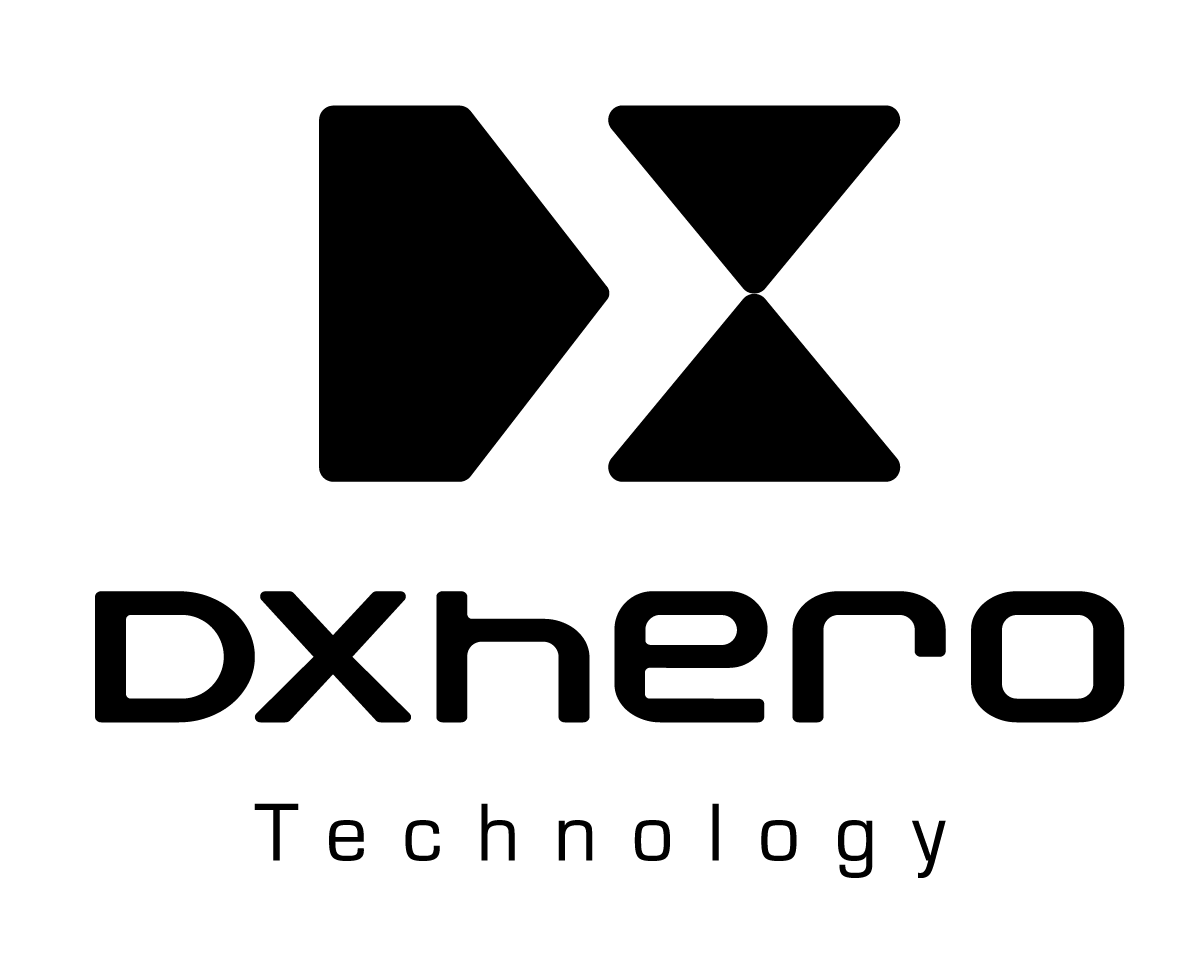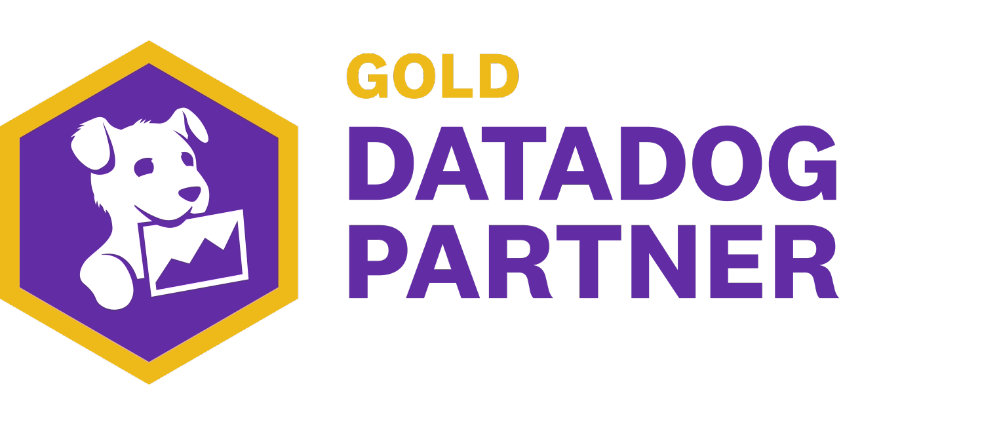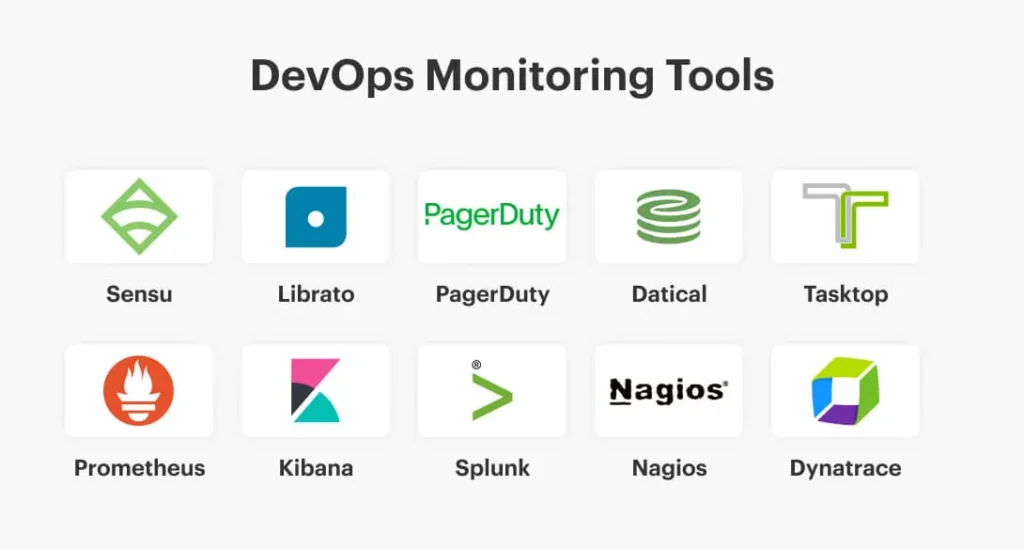By Jason McGee.Jun 13, 2023
Introduction:
In the fast-paced world of DevOps, where rapid software delivery and continuous improvement are paramount, effective monitoring and logging practices play a crucial role. Monitoring and logging provide insights into system performance, detect anomalies, facilitate troubleshooting, and enable proactive decision-making. In this article, we will explore why monitoring and logging are essential in DevOps, how they fit into the DevOps workflow, and delve into some popular tools used for these purposes.
Why Monitoring and Logging are Essential:
DevOps monitoring and logging are essential for several reasons. Firstly, they provide real-time visibility into system health, enabling teams to identify and address issues promptly. By continuously monitoring key metrics such as response times, CPU and memory utilization, and error rates, teams gain a comprehensive understanding of system behavior and can proactively detect and resolve potential bottlenecks or failures. Monitoring and logging also help in capacity planning and resource optimization by identifying performance trends and forecasting future requirements.
Secondly, monitoring and logging enable effective troubleshooting. When issues arise, detailed logs and metrics aid in pinpointing the root cause, reducing mean time to resolution (MTTR). Logs serve as a valuable source of information, capturing system events, errors, and user activities. They can be used to trace transactions, reconstruct events leading to failures, and provide valuable context during post-mortem analysis.
Lastly, monitoring and logging contribute to data-driven decision-making and continuous improvement. By analyzing historical data and trends, teams can identify areas for optimization, enhance system performance, and make informed decisions regarding capacity scaling, feature prioritization, and infrastructure upgrades.
Integration into the DevOps Workflow:
Monitoring and logging are seamlessly integrated into the DevOps workflow, ensuring continuous feedback and facilitating the cycle of continuous integration, delivery, and deployment. Let’s examine their placement within the typical DevOps flow:
- Development: Developers instrument their code with appropriate logging statements to capture relevant information during runtime. These logs can help track application behavior, identify code issues, and enable efficient debugging during the development phase.
- Continuous Integration (CI): Monitoring and logging tools can be integrated into the CI process to capture build and test metrics, providing visibility into code quality and identifying potential integration issues.
- Continuous Delivery (CD): Monitoring and logging play a vital role during CD by capturing application performance and infrastructure health metrics in pre-production and production environments. They help verify the successful deployment of new features or changes and ensure the system is functioning as expected.
- Production Environment: In the live production environment, monitoring tools continuously collect metrics on system health, response times, resource utilization, and more. Alerts and notifications can be configured to notify the appropriate teams in case of anomalies or critical incidents.
Popular Tools for Monitoring and Logging in DevOps: A wide array of tools are available to address monitoring and logging needs in the DevOps ecosystem. Here are some popular ones and their key differentiators:
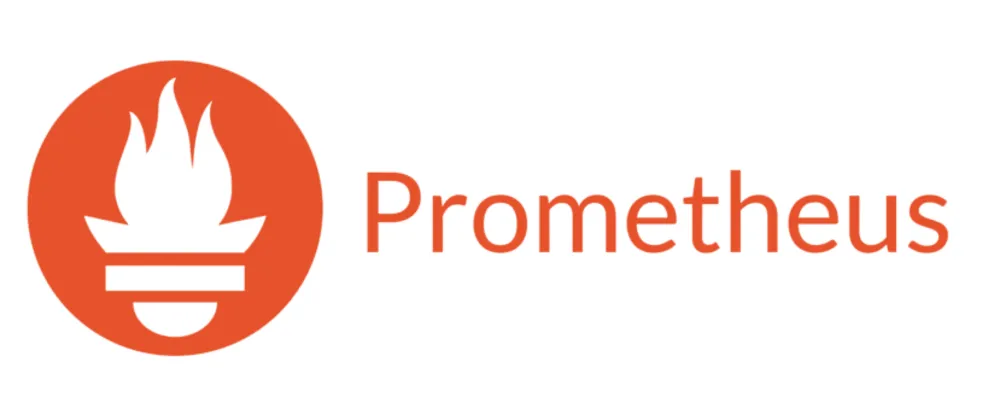
- Prometheus: Prometheus is a widely adopted open-source monitoring solution known for its scalability, flexibility, and strong integration capabilities. It follows a pull-based model, where it scrapes metrics from target systems at regular intervals. Prometheus stores data as time-series, allowing for efficient querying, alerting, and visualization. It excels in dynamic environments and is particularly well-suited for containerized applications and microservice architectures. With its robust ecosystem of exporters and integrations, Prometheus can monitor a diverse range of systems and applications.
- Grafana: Grafana is a popular open-source visualization platform that integrates seamlessly with various data sources, including Prometheus. It allows users to create rich, interactive dashboards and graphs, providing real-time insights into system performance and metrics. Grafana’s extensive plugin library enables integration with numerous data sources and offers a wide range of visualization options. It supports alerting and notification features, empowering teams to respond proactively to critical events. Grafana’s intuitive interface and user-friendly features make it a go-to choice for visualizing and exploring data from monitoring and logging tools.

- ELK Stack (Elasticsearch, Logstash, Kibana): The ELK Stack, now commonly referred to as the Elastic Stack, is a powerful combination of open-source tools for log management and analysis. It consists of Elasticsearch, a distributed search and analytics engine; Logstash, a versatile data processing pipeline; and Kibana, a web-based visualization platform. The Elastic Stack enables centralized collection, storage, and analysis of logs from various sources. Logstash allows for log ingestion, parsing, and transformation before sending the data to Elasticsearch for indexing and storage. Kibana provides a user-friendly interface to search, analyze, and visualize log data effectively. The Elastic Stack is highly scalable, well-suited for large-scale log processing, and offers advanced search and analysis capabilities.
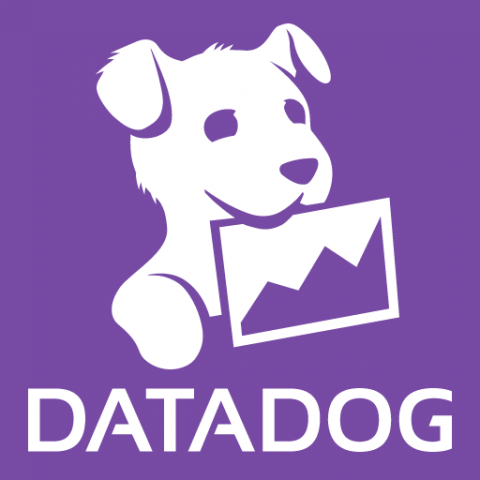
- Datadog: Datadog is a popular cloud-based monitoring and analytics platform that provides comprehensive observability solutions. It offers a wide range of monitoring capabilities, including infrastructure monitoring, application performance monitoring (APM), log management, and synthetic monitoring. With a unified platform and a rich set of integrations, Datadog enables teams to monitor and correlate metrics, traces, and logs from different systems and services. It provides intuitive dashboards, sophisticated alerting mechanisms, and extensive data analysis features. Datadog’s cloud-native architecture and ease of use make it a preferred choice for teams seeking a robust and all-encompassing monitoring solution.
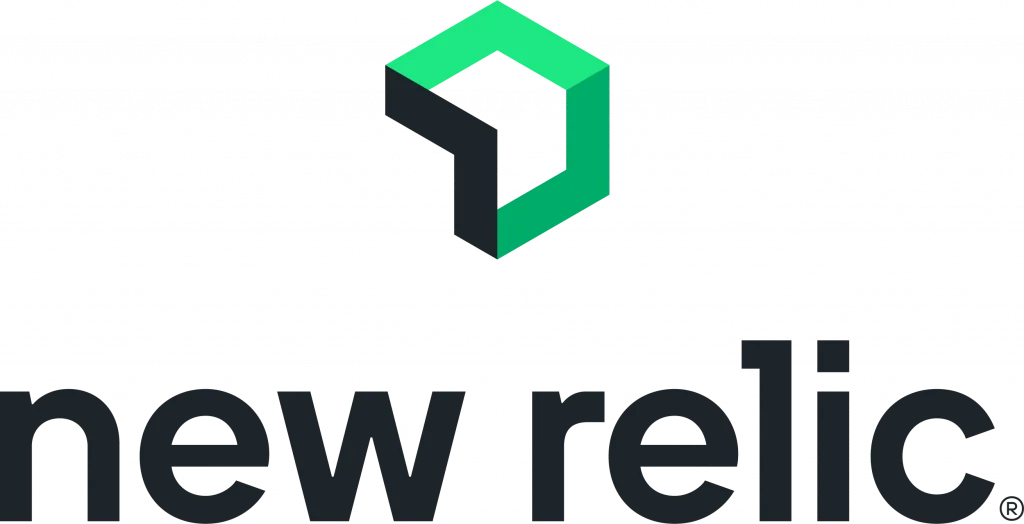
- New Relic: New Relic is a cloud-based observability platform that focuses on providing end-to-end visibility into complex systems. It offers features such as application performance monitoring, infrastructure monitoring, distributed tracing, and log management. New Relic’s strength lies in its ability to correlate metrics, traces, and logs to provide comprehensive insights into system performance. It provides pre-built dashboards, anomaly detection, and powerful querying capabilities. New Relic’s user-friendly interface and extensive feature set make it a popular choice among organizations seeking a unified observability platform.
In conclusion, monitoring and logging are not just optional add-ons in the world of DevOps; they are fundamental pillars that empower teams to deliver high-quality software with speed and confidence. By implementing robust monitoring and logging practices, organizations can gain real-time visibility into system performance, detect and resolve issues swiftly, and make data-driven decisions for continuous improvement.
Tools like Prometheus, Grafana, the ELK Stack, Datadog, and New Relic provide powerful capabilities to monitor and analyze metrics and logs, enabling teams to optimize system performance, troubleshoot effectively, and drive proactive decision-making. Whether it’s visualizing metrics on interactive dashboards, tracing transactions across distributed systems, or analyzing log data for root cause analysis, these tools offer invaluable insights that lead to enhanced software delivery and operational excellence.
By sharing this knowledge about the importance of monitoring and logging in DevOps, you can empower your fellow software engineers and DevOps practitioners to level up their practices and drive positive change within their organizations. Together, we can build a stronger DevOps community that embraces a data-driven and proactive approach to software delivery.
So, don’t keep this valuable information to yourself. Share this article on social media, spread the word among your peers, and ignite discussions that will propel the adoption of effective monitoring and logging practices in the DevOps world. Together, let’s unlock the full potential of DevOps by embracing the power of monitoring and logging for seamless software delivery and exceptional user experiences.
#DevOps
#Monitoring
#Logging
#SoftwareEngineering
#ContinuousImprovement
The original article published on Medium.


